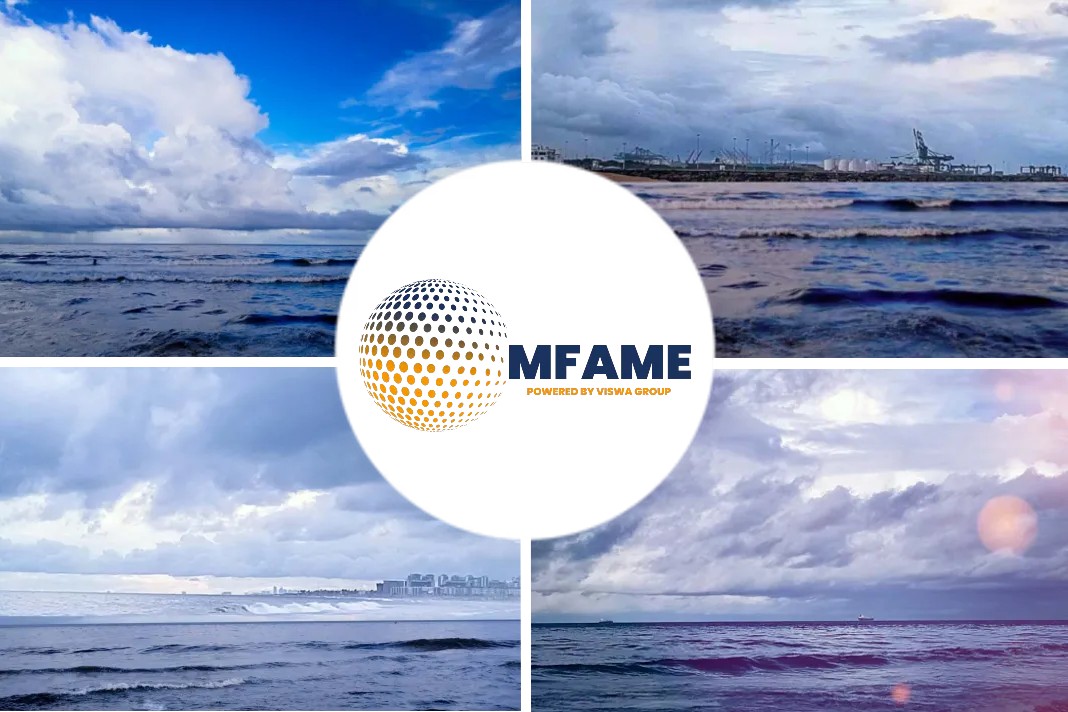The main market concern this week is inflationary pressures on commodities, along with record-high French electricity prices. The EU’s carbon allowance scheme and Atlantic LNG’s decoupling from the continent’s domestic gas markets are both in the focus.
1. Demand destruction in focus as inflation hits commodity markets
What’s happening? Commodity markets have started to tumble amid rampant inflation across much of the globe, which has seen central banks across Europe and the US hike interest rates in a rarely seen fashion. Fears of a recession have rattled industrial metals in particular, given commodities such as oil and agriculture are still experiencing tight fundamentals.
What’s next? Risks over Russian commodity supply, especially around oil and wheat, questions over China’s post-COVID-19 demand recovery, and doubts as to whether the economic weakness can be reversed quickly make for an uncertain and volatile outlook. Platts Analytics sees GDP growth of 2.9% in 2022 but notes that “the balance of risks is clearly on the downside with recession probabilities rising.”
2. French power market overheats as year-ahead surpasses Eur500/MWh
What’s happening: French power for 2023 delivery hit an all-time high on July 26, trading above Eur500/MWh on the EEX exchange as record low nuclear production combined with the wider risk of gas-for-power plant disruptions. A dozen French reactors are offline for stress corrosion checks or repairs, with annual output on course for an 18% year-on-year decline, according to Platts Analytics. Soaring French prices compared to a regulated ARENH price of Eur42/MWh, at which nuclear operator EDF has to sell 100 TWh/year to domestic suppliers.
What’s next: France is traditionally Europe’s biggest exporter of electricity but it is already relying on imports, with the situation set to worsen over the winter months if current Q1 2023 contracts approaching Eur1,000/MWh are an indicator. A new interconnector to Italy is set to start operations this quarter with France still net exporting to Italy. Flows on Spanish and British interconnectors meanwhile have already reversed. Meanwhile, the French government has required EDF to release an additional 20 TWh to the market this year under the ARENH mechanism, potentially forcing EDF to procure in the market at today’s eye-watering rates.
3. EU carbon prices facing balancing act as August supply curbs offset demand worries
What’s happening? Carbon allowance prices under the EU Emissions Trading System face a balancing act in August as a sharp cut to supply from government auctions looks set to offset worries over demand. The carbon market has plenty to worry about, with uncertainties linked to surging inflation, soaring energy costs, rising interest rates, and the ongoing conflict in Ukraine all presenting risks to the outlook for economic growth in Europe, and by extension, CO2 emissions and demand for allowances.
What’s next? However, the summer quiet season is looming, with many traders set to be away from their desks, while EU governments are set to scale back their sales of EUAs in August by 43% compared with July, totalling only 24.1 million mtCO2e in the month. And all this is against a backdrop of ongoing three-way negotiations on critical market reforms between the European Commission, EU Parliament and Council. The talks are set to proceed through the second half of 2022 as the EU works to realign the EU ETS with its tougher 55% emissions reduction target for 2030.
4. Atlantic LNG further decouples from European inland gas market
What’s happening? There’s a mismatch between where LNG supply is coming into Europe and where
it is most in demand. That was a primary driver of Platts DES Northwest Europe’s record $17.05/MMBtu discount to the Dutch TTF hub front-month price assessed July 27. While discounts have narrowed since then, they remain wide amid extreme volatility in the market as Russia’s war in Ukraine drags on and supply concerns persist heading into cooler weather months in the fall and winter. The dynamic is the latest indication that Atlantic LNG has decoupled from the inland European natural gas market.
What’s next? Traders expect sharp moves in the LNG market to continue into August, both in terms of discounts for delivered prompt cargoes versus TTF and in outright prices. Liquidity remains thin, as some market participants wait for greater clarity and the gyrations to ease.
Did you subscribe to our daily Newsletter?
It’s Free! Click here to Subscribe
Source: S&P Global


























